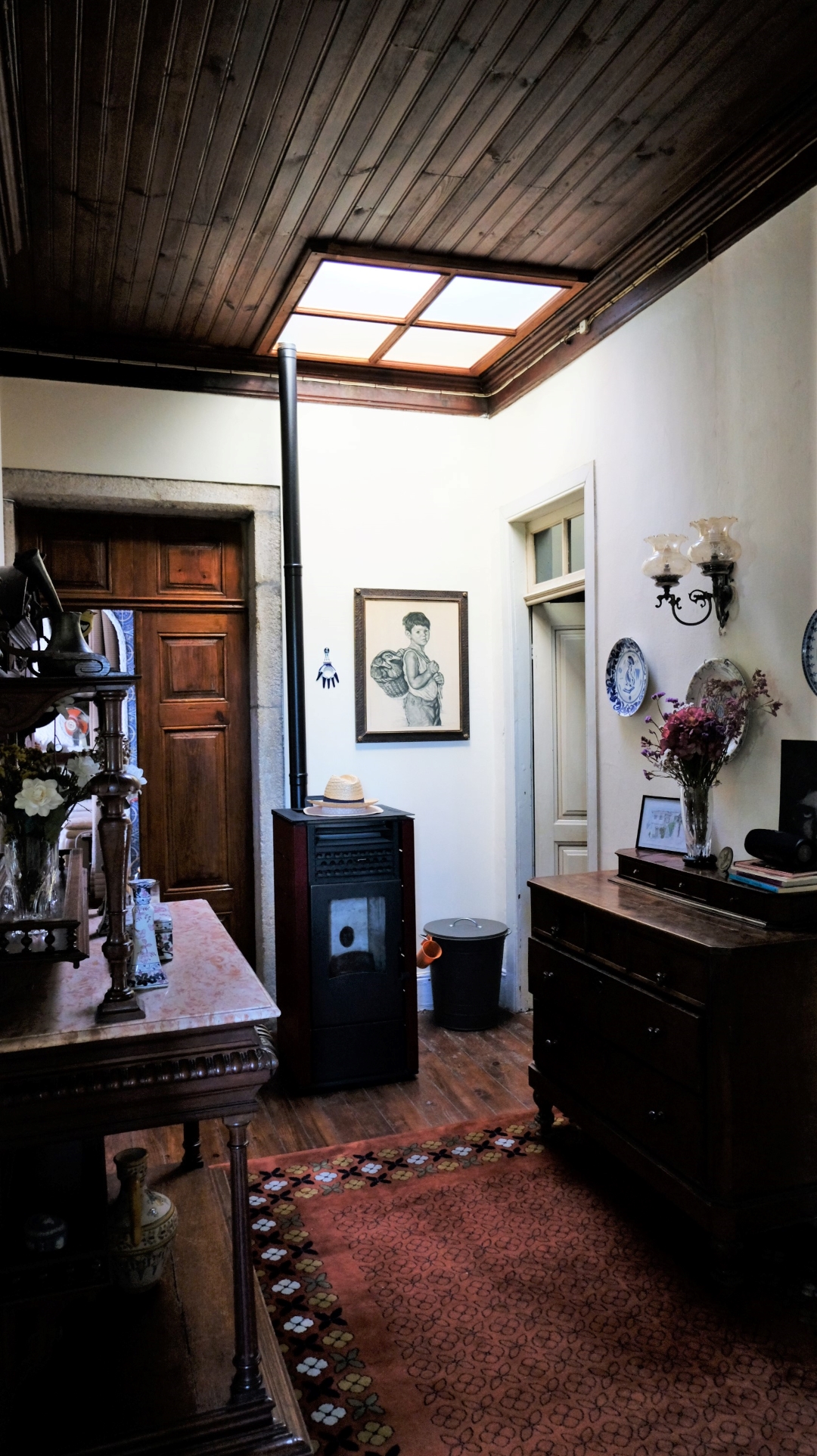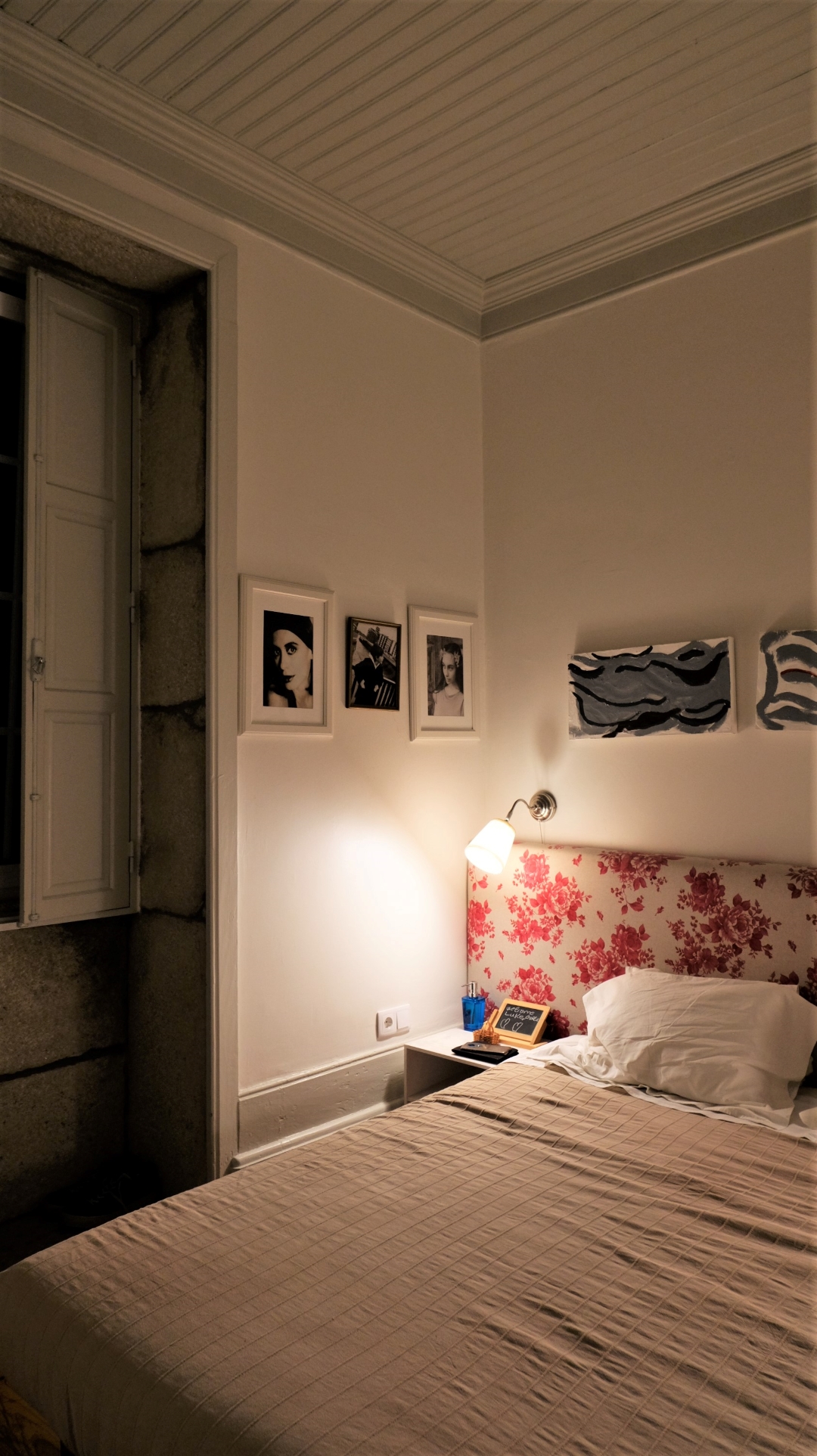Douro Valley in Portugal

Portugal’s Douro Valley stole our hearts. We jumped on a rented scooter in Porto and headed out into the rolling, vineyard-covered hills of the Douro wine region. The winding road spiralled through vineyards. They took us past tiny hillside villages and down along the riverside of the Douro river.
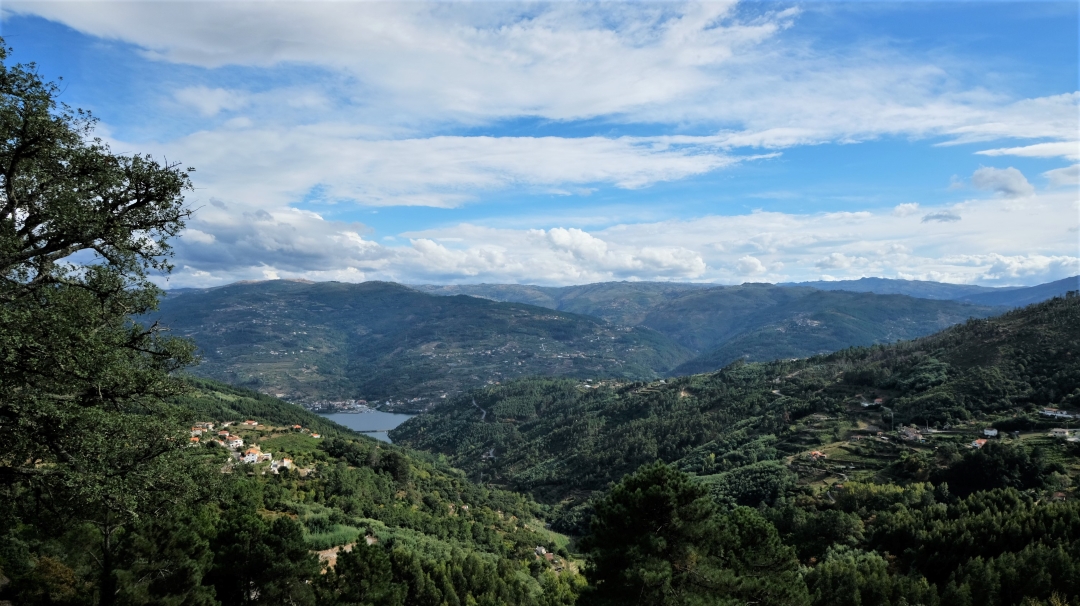
The Douro Valley is actually famous for producing port wine, rather than red, white and rose. Port wine is typically sweeter, heavier and more alcoholic than unfortified wines. This makes it a flavoursome dessert wine. Whilst port aficionados will be revelling in the varieties of port wines in the Douro, do not despair if, like me, you prefer a glass of red or white. The Douro Valley has plenty of quintas (Portuguese for “country estates”) producing both port and unfortified wines.
Douro Valley Wineries
The Douro Valley is home to fantastic wineries. You can visit for walks through the vineyards and wine tasting. The most famous wineries in the Douro include Quinta das Carvalhas, Quinta da Pacheca, Quinta do Crasto and Quinta de la Rosa in Pinhão.
We only had three days in the region and opted not to visit a winery. We spent our time seeing the region by scooter and sampling local wines at cafes and restaurants. The Douro’s cafes and restaurants all serve local wines and ports. If like us you choose not to visit a winery, you won’t miss out on sampling what the region has to offer if you eat and drink locally.
If you’re based in the UK and love wines as much as we do, I recommend checking out Naked Wines. You can order some great bottles of Portuguese wine through them. Use this Naked Wines link for £80 off your first order.
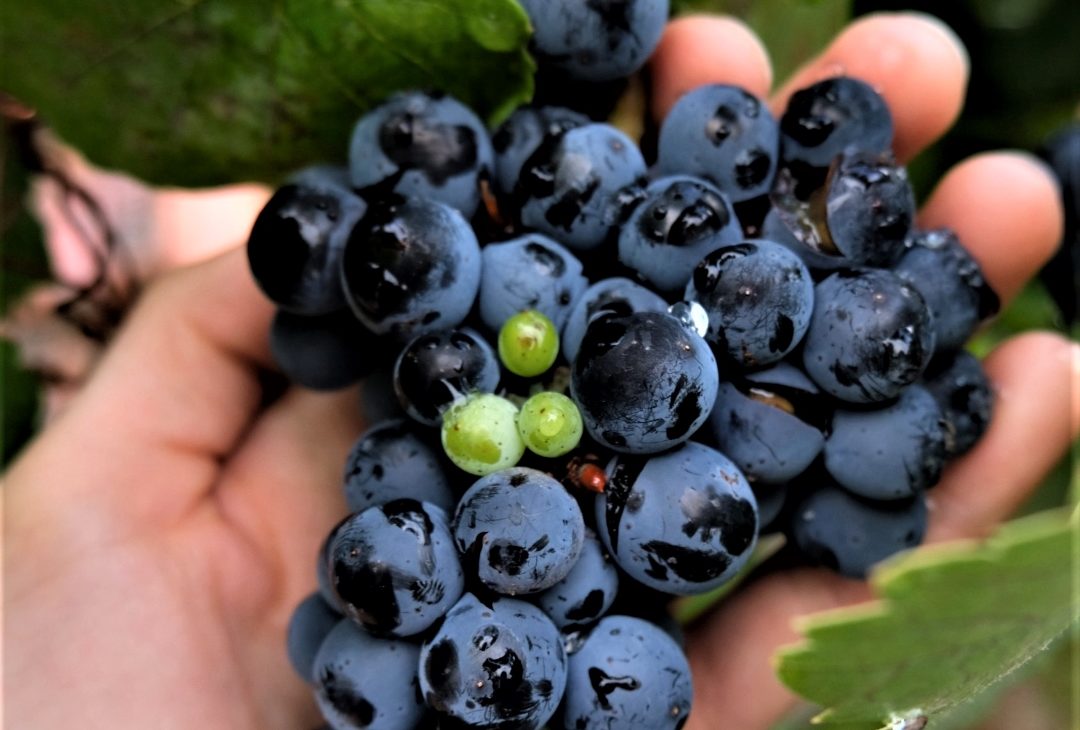
Peso da Régua in the Douro Valley
Peso da Régua is the gateway to the Alto Douro. It’s the region’s largest riverside town, making it a popular jumping off point into the Douro. We stayed in a gorgeous quinta near here (see “where to stay” below). Whilst not a charming town, Régua is home to the Museu do Douro for those interested in learning more about port production.
If you’re in town, I also very much recommend Aneto & Table. This stylish but also rustic restaurant and wine bar is one of the best in town. Housed in the old railway building, the restaurant has some lovely features. The menu is tapas based, and wine comes from local vineyards run by the same owners as the restaurant.
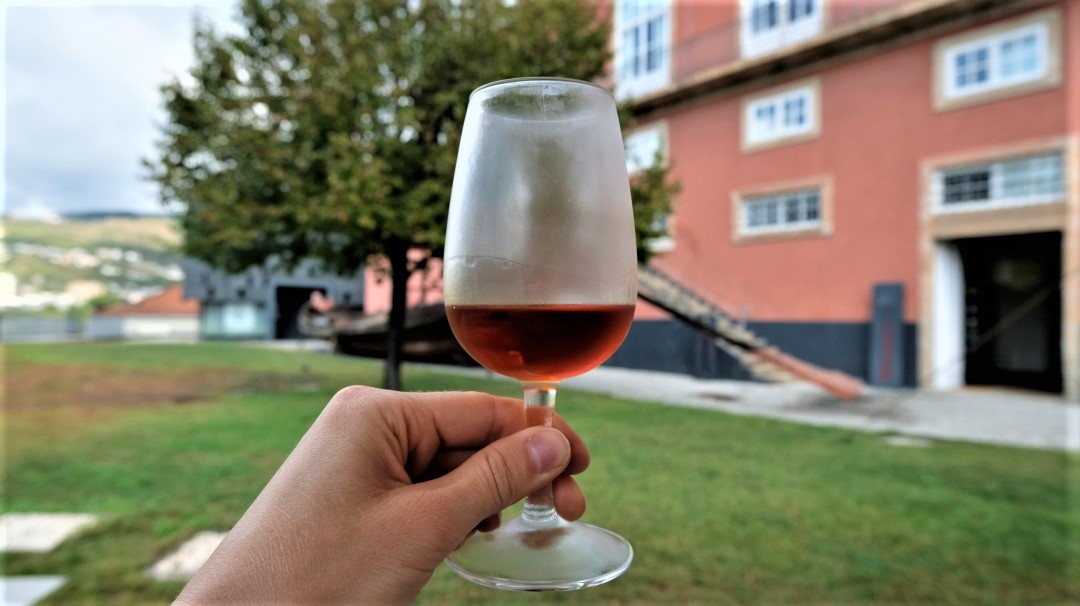
Pinhão in the Douro Valley
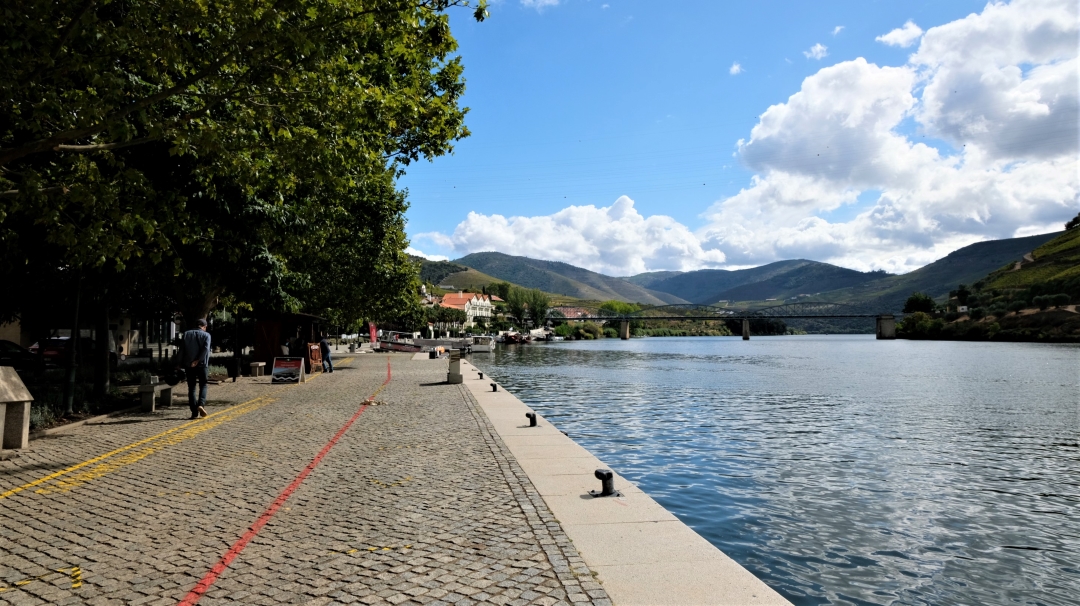
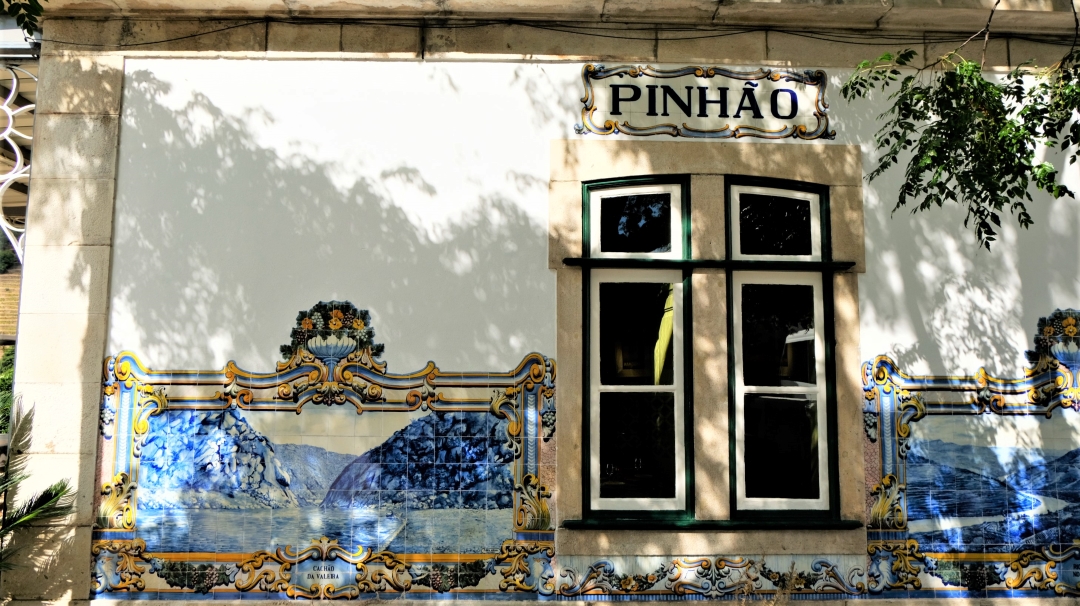
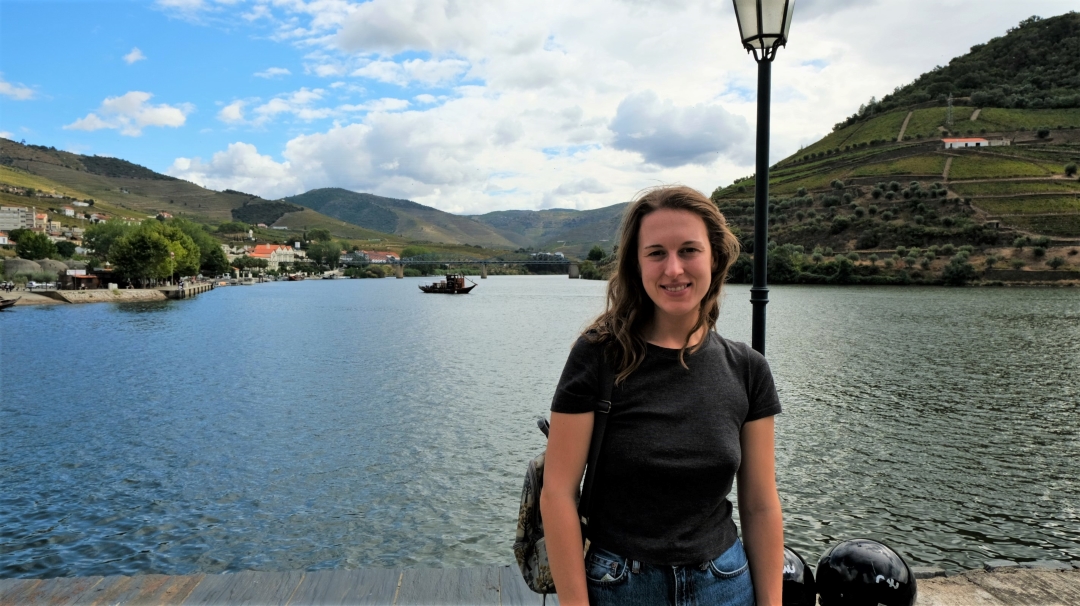
Where To Stay in the Douro Valley
The Douro Valley is full of gorgeous guesthouses snuggled deep into the vineyards. Staying out in the vineyards is a romantic, scenic experience.
We stayed at the charming Quinta do Fojo. The guesthouse is set in the vineyards but very close to the town of Peso da Régua in the Vila Real region. Peso da Régua is a key town in the region and is accessible by road and train, making it one of the best towns to stay near in the Douro Valley. Even if you’re not planning to rent a scooter or car, Quinta do Fojo is only 10 minutes by taxi from Peso da Régua.
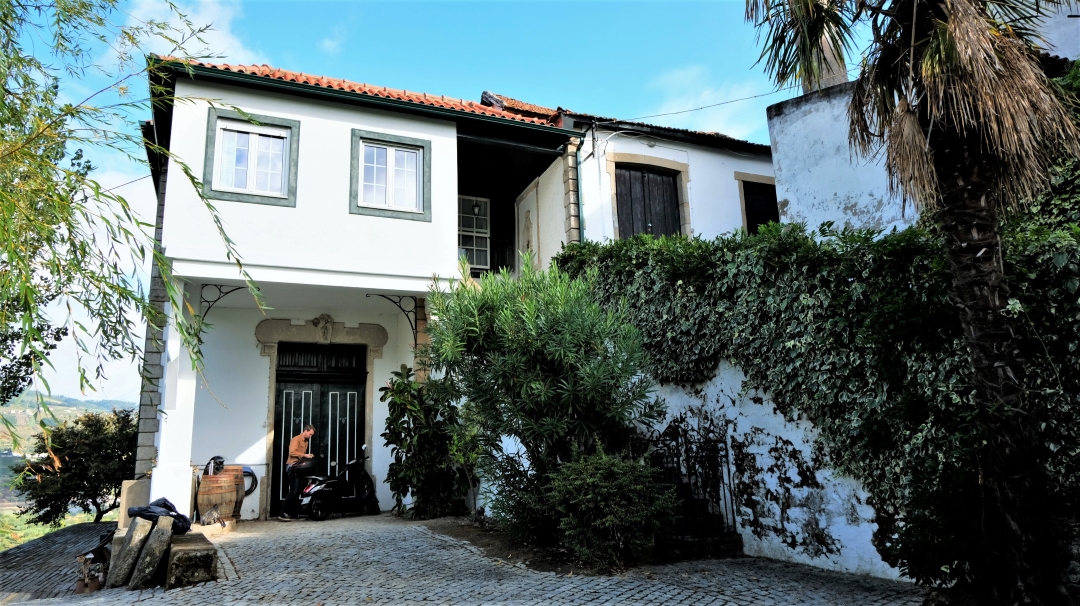

How To Travel from Porto to the Douro Valley
By Train — The Linha do Douro is the trainline that runs from Porto to the Douro Valley. Trains depart from Sao Bento in Porto and can ve taken to both Peso da Régua and Pinhão. The end of the line is Pocinho. Trains are infrequent but usually department from Porto each morning. It’s best to check the train timetable and book your journey in advance.
By Car — The quickest way to visit the Douro Valley is to go by car. From Porto, you can reach Vila Real in 1.5 hours. This is a much less scenic journey along the A4 highway. It’s also possible to drive the scenic route, along the river by taking the N108 or N222. The journey will take almost double the time but is well worth it for the views.
By Scooter —We chose to visit the Douro Valley by scooter. This more unconventional way to reach the Douro was perfect for us because we love slow travel. Whilst it’s much faster to go by car, we’re fond of long, scenic scooter rides. We rented a scooter from Vieguini in Porto and followed the N108 road along the river. It was a 4 hour drive by scooter.

